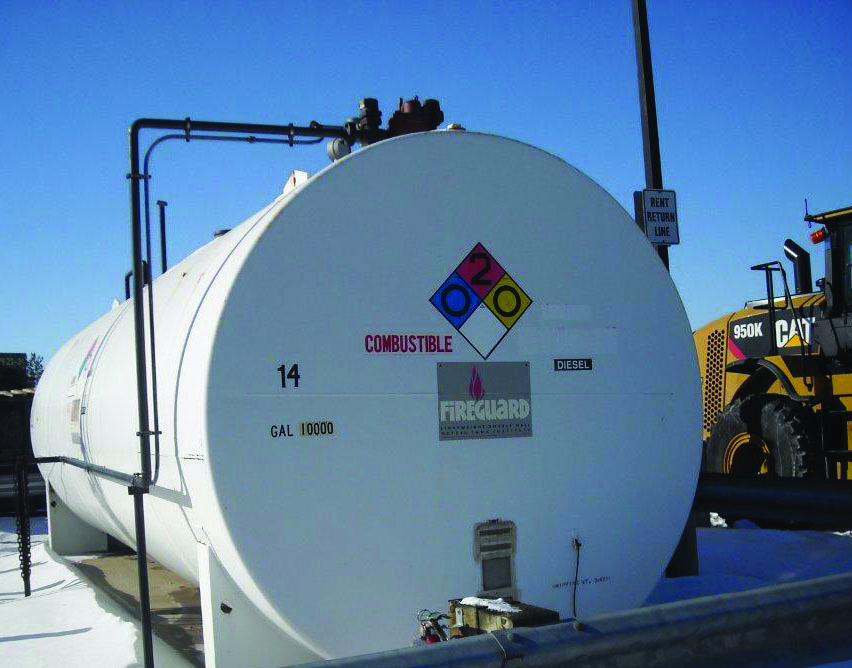Certain agricultural, industrial, and commercial facilities may be required by the U.S. Environmental Protection Agency (EPA) to prepare and implement a Spill Prevention, Control and Countermeasure (SPCC) plan (Federal Regulation 40 CFR 112). Failure to do so could result in costly EPA fines, and in the worst case, a spill disaster.
Which types of facilities are required to have an SPCC plan?
Generally speaking, an SPCC plan is required for facilities that store large amounts of oil. According to the EPA, a facility must meet three criteria to be regulated by the SPCC rule: 1) it is non-transportation related; 2) it has an aboveground oil storage capacity of more than 1,320 gallons or an underground oil storage capacity of more than 42,000 gallons; and 3) if an oil spill occurred at the facility, is it possible that the oil enter into a navigable waterway or adjoining shorelines? Or change into a statement
The EPA also states that oil can include petroleum and petroleum products, non-petroleum oils, synthetic oils, animal fats, oils and greases, and vegetable oils. Regulated facilities storing these oils can range from manufacturers to dairy producers. For a complete list of facility types, visit the EPA’s website.
What is the purpose of an SPCC Plan?
As part of the EPA’s Oil Pollution Prevention Regulation, the SPCC rule is designed to keep oil out of navigable waterways. To prepare the plan, a qualified agent reviews the facility to determine where oil would flow in the event of a spill. The plan, which in most cases must be prepared under the supervision of a professional engineer, will ultimately detail how the facility will respond to keep spilled oil from reaching nearby waterways. It’s worth noting that certain facilities with less than 10,000 gallons of oil may qualify for self-certification (without the need for a professional engineer). Regardless, SPCC plans must be updated every five years, or when there is a change in the oil storage operations of the facility.
AET works with several facilities throughout the Upper Midwest to prepare, implement, update, and amend SPCC plans. Throughout the course of our work, we’ve found that SPCC requirements change frequently; it’s important to stay current with the latest. After all, keeping up with SPCC requirements helps protect one of our most valuable resources while avoiding large EPA fines.
To discuss this further, Eric Oleson, a Sr. Environmental Scientist in our Duluth, MN office can be reached at (715) 828-1476 or at eoleson@amengtest.com. Additionally, Mr. Eric Hesse, PE can be reached at our St. Paul, MN office at ehesse@teamAET.com.



